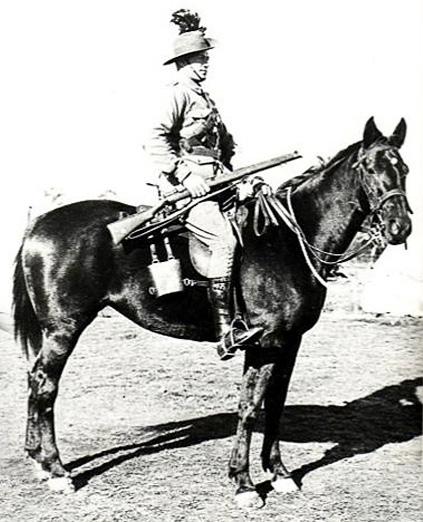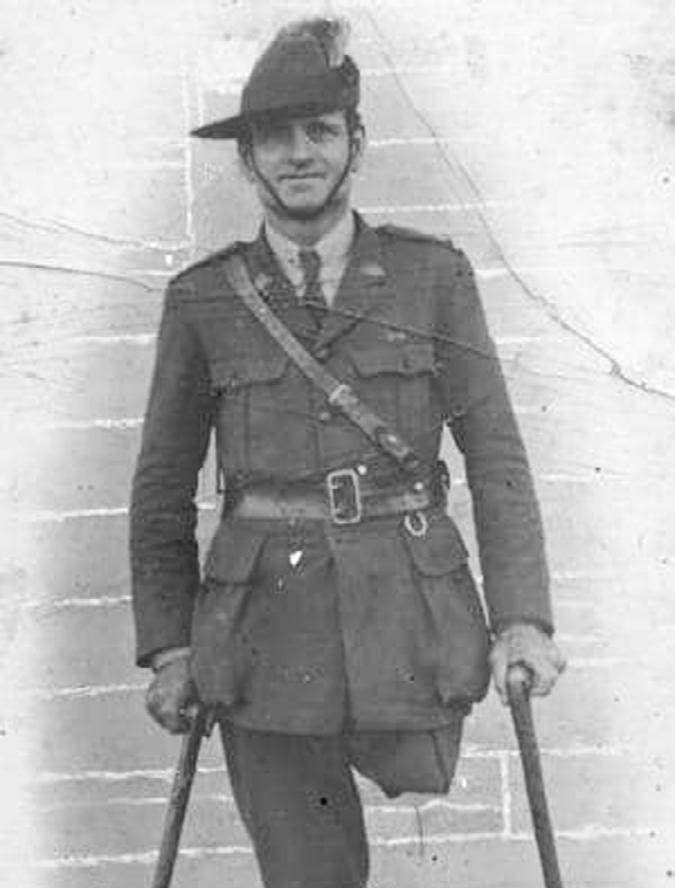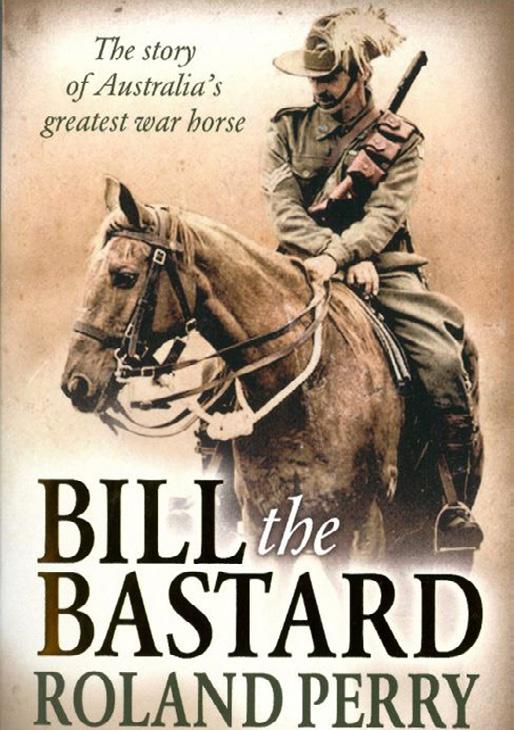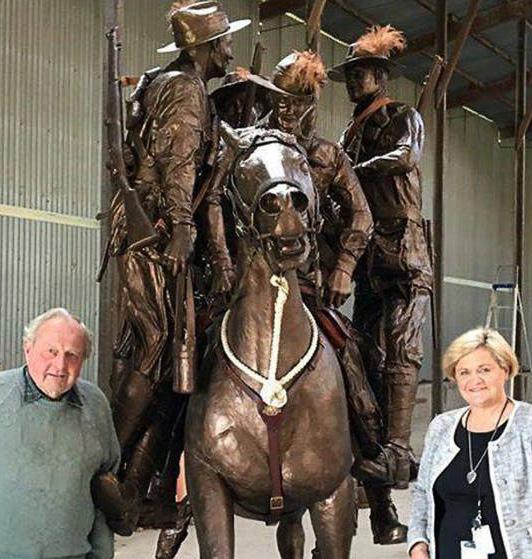
4 minute read
Horses in History
HORSES IN HISTORY
Bill the Bastard War Horse
The huge Waler stood just over 17hh and nobody could ride him. He was wild, cantankerous and stubborn. Which is why, writes N.G. QUINLAN, in typical Aussie style, they called him Bill the Bastard.
Over 130,000 Walers – so called because they were bred in New South Wales – were sent overseas during the early years of WWI. Known to be rugged and dependable, they were originally bred as stockmen’s horses, but saw service in some of the fiercest battles the Anzacs ever fought, including the Gallipoli campaign and the Battle of Romani. Bill the Bastard was one of those Walers.
Bill began his military service in 1914 at Liverpool Army Camp southwest of Sydney. Several horsemen attempted to tame him, yet all failed. Bill was declared to be unrideable and was relegated to service as a packhorse. If any soldier boasted about his riding expertise, he would be taken to Bill and told to ride him. Many a proud horseman ended up with his backside in the dirt after Bill had bucked him out of the saddle.
When war was declared in July 1914, Bill was taken to Albany in Western Australia and loaded onto the Leviathan, a threedeck transport ship. He and many other horses sailed to the Middle East under the care of a horse master named Andrew Paterson, otherwise known as ‘Banjo’. The popular bush poet, who had some years earlier been a war correspondent during the Boer War, soon became aware of Bill’s intractable nature. Paterson, who went on to command the Australian Remount Squadron, wrote in his diary: “You can’t lead Bill the Bastard to anything, and you certainly can’t make him drink.”
Bill landed in Egypt and was taken to the shores of Gallipoli, where he was wounded twice as he walked between Suvla Bay and Anzac Cove. One of the wounds was declared inoperable and the bullet was never removed. When a stretcher-bearer named John Simpson Kirkpatrick (the famous ‘Man with the Donkey’) was fatally wounded on May 19th 1915, it was Bill who carried his body from the battlefield.
As Bill recuperated from his wounds, he drew the attention of Major Michael Shanahan of the 2nd Australian Light Horse Regiment. Shanahan was something of a horse whisperer himself, and soon began to bond with Bill by taking him on walks and speaking softly to him. It is said that the Major kept a supply of liquorice allsorts in his pocket, often giving them to Bill as the two of them walked together. Eventually Bill allowed Major Shanahan to saddle and ride him. The Major was the only man ever to do so without Bill bucking him off.
Bill the Bastard’s finest hour came on August 5th 1916, during the Battle of Romani in Egypt. Major Shanahan had managed to talk Captain Paterson into allowing him to ride Bill into battle. With the blistering midsummer sun blazing down and bullets and shrapnel whipping through the air around them, Shanahan and Bill saw four Tasmanian soldiers – some reports say it was five – whose horses had either been killed or had run off in the tumult of battle. The Major rode over to them and swung one man up on the saddle behind him. With the other soldiers hanging from Bill’s stirrups, the mighty war horse carried them all to safety across five kilometres of blazing sand.
Major Shanahan rode back into the battle and was wounded in the left leg by gunfire. He passed out in the saddle, yet Bill bore him safely back to his own lines. A lesser horse may have been spooked and lost his unconscious rider, but Bill saved Shanahan’s life. Unfortunately the Major’s wound was significant and his left leg had to be amputated at the knee. However, he survived the operation and was later awarded the Distinguished Service Order for his bravery during the fight. He was repatriated to Australia, where he died in

TOP: Major Michael Shanahan and Bill. ABOVE: Severely wounded in the Battle of Romani, Major Shanahan’s leg was later amputated.
Sculptor Carl Valerius and Wendy Tuckerman, Member for Goulburn, with the life-size bronze statue of Bill the Bastard.
INSET: The cover of Roland Perry’s definitive biography, Bill the Bastard.
1964 at the age of 94.

Of the thousands of Walers who saw military service in the Middle East, only one was brought home to Australia: a bay named Sandy, the favourite charger of Major General Sir William Bridges, commander of the 1st Australian Division. The rest of the horses were either sold off by the British Army or were put down by the soldiers, who did not want them to be mistreated or used as beasts of burden.
Many soldiers said that of all the difficult tasks they had to perform during the war, shooting their horses was the hardest.

Bill the Bastard lived out his life in Turkey and died there in 1924, at the age of 21 years. He is buried at Walker’s Ridge in Gallipoli. The legend of Bill the Bastard has been immortalised in poetry, sculpture and books. In 2012, Australian poet Maureen Clifford wrote a 14 stanza poem dedicated to Bill and in the same year, Roland Perry published Bill the Bastard, the definitive biography of this great horse. In the town of Murrumburrah in New South Wales there stands a recently unveiled life-size bronzed sculpture of Bill, complete with rider and soldiers hanging off each side. Artworks such as these will ensure that the name of Bill the Bastard will be forever listed among the heroes of ANZAC.










